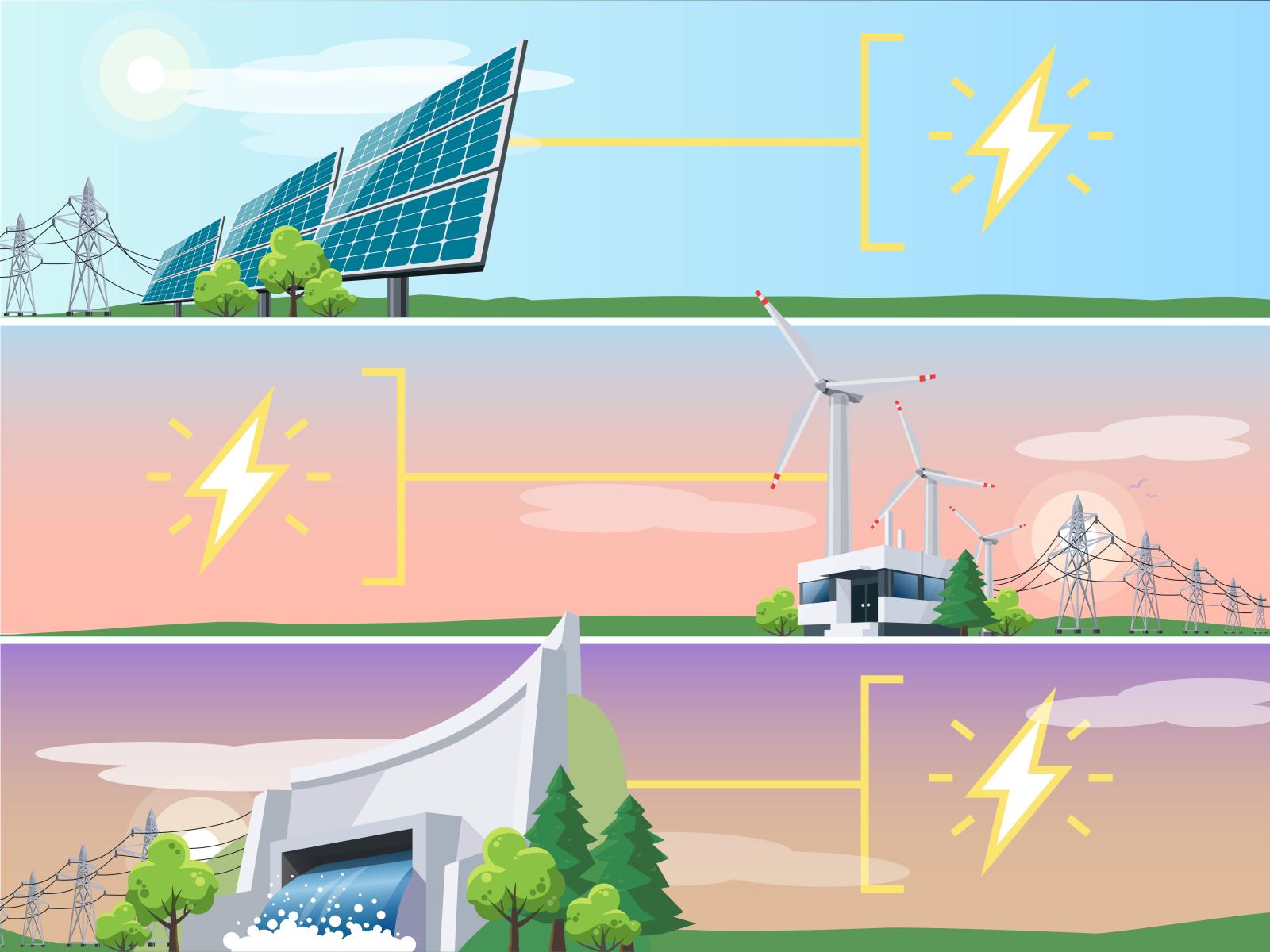Controllable Transmission for Increasing Overall System Flexibility and Resilience

Illustration by Stephanie King | PNNL
Research topics
Lab-Level Communications Priority Topics
Grid

Illustration by Stephanie King | PNNL
Power grid flexibility allows system operators to quickly address volatility caused by extreme weather events, forecasting errors, cyber and physical attacks, and other unexpected events. However, the flexibility traditionally achieved by controllable power generation is now becoming less reliable due to the increasing penetration of variable energy resources, such as wind and solar. Fortunately, the development of new power-electronics-based (PEB) transmission technologies (high-voltage direct current [HVDC], multi-terminal direct current [MTDC], medium-voltage direct current [MVDC], flexible alternating current transmission system [FACTS], and solid-state transformers) are enabling greater control over electricity transmission. More flexible transmission will provide a greater balance between flexible generation and storage with variable and inflexible generation and load needs across various time scales.
These technologies are already being used in the Western Interconnection (WECC) to balance hydropower generation in the northwest with solar variability and high loads in the southwest through the Pacific DC Intertie (PDCI), which transmits electricity from the Pacific Northwest to the Los Angeles area. Bonneville Power Administration and the Los Angeles Department of Water and Power operate PDCI using a controlled intraday schedule, with the potential of implementing 5-minute scheduling to improve flexibility, manage frequency and voltage, and decongest the underlying AC system when needed.